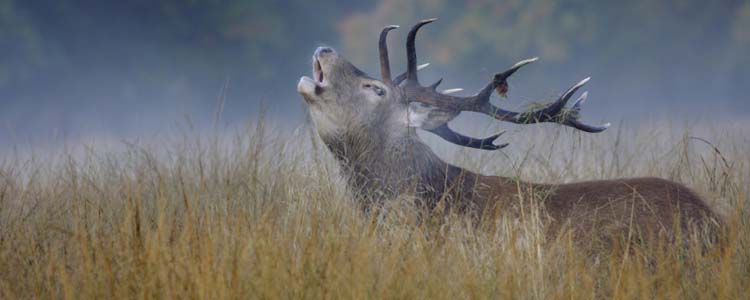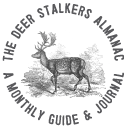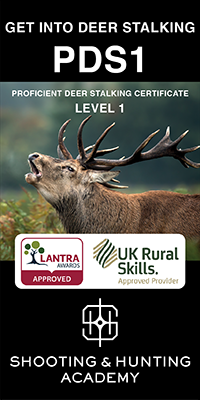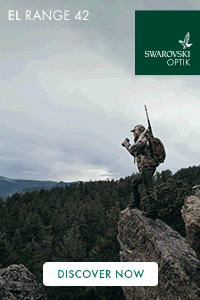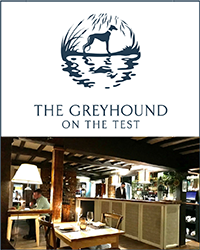We all know that deer can cause environmental damage when populations go unchecked, so how confident are you in spotting the signs and understanding the impact on your woodland?
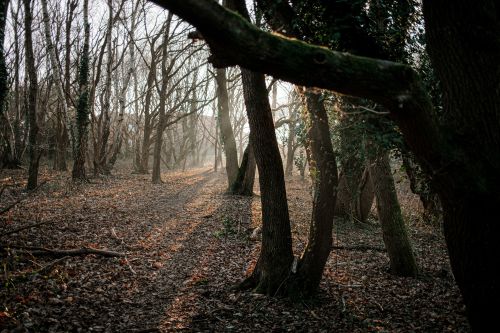
As many of us who deer stalk already understand, unchecked populations can cause significant damage, not only to biodiversity, but also to rural businesses and food production. It’s a truth we often operate with, but how many of us can say with confidence that we truly grasp the scale of that damage, or the ecological chain reactions it sets off?
More importantly, do we really know what we’re looking at when we walk ground that has been depleted or degraded by woodland mammals?
The newly released LANTRA- Accredited Woodland Mammal Damage & Impact Assessment Course, developed by WildtrakPro and delivered via the Shooting & Hunting Academy, might just be the tool that bridges that gap in understanding. For some, it’s an excellent opportunity to refresh and formalise existing knowledge. For most, it offers something much more valuable: the means to gain a clearer picture of why we do what we do as deer managers and stalkers, and the ability to articulate that understanding with confidence, whether in the field or in debate.
Why This Course, and Why Now?
The key aim of the course is to improve the volume and quality of ecological data collected by land managers through industry-leading training. In practice, that means equipping those who manage land and wildlife with the ability to assess, record, and act on mammal-induced woodland damage.
What sets this course apart is its direct focus on understanding impact, not just identifying nibbled stems or frayed bark, but interpreting what that damage says about the health of the ecosystem, and what kind of response, if any, is required.
What You’ll Learn
Through a set of E-learning theory modules, the course trains candidates to:
- Distinguish between different types of mammal-induced damage—whether it’s browsing, bark stripping or fraying.
- Understand how these forms of damage affect not just individual trees, but the broader woodland structure and species composition.
- Use both qualitative and quantitative methods to assess and report on damage.
- Apply different methodologies to suit specific landscapes or species challenges.
- Identify key flora that may indicate the scale or duration of mammal pressure.
- Plan, execute, and write up damage and impact assessments using professional reporting formats and software tools.
- WS1 & WS3 completion
Importantly, the course also includes training in how to carry out assessments on the ground, making it a highly applicable resource whether you’re working on a private estate, in a forestry role, or as part of a conservation initiative.
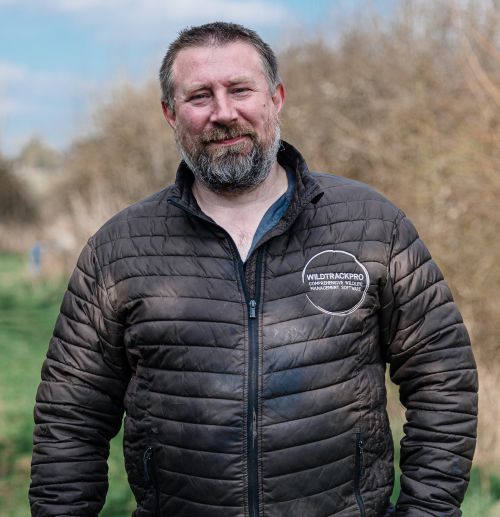
Who’s Behind It?
The course is led by Oliver Smith, one of the UK’s foremost authorities on mammal impact in woodland environments. His years of field experience and advisory work feed directly into the course content, making it not only comprehensive but grounded in the realities of British land management.
This newly launched e-learning version is also something of a milestone: it’s the first time this respected, nationally recognised course has been made available digitally, making it accessible to a much broader audience than ever before. This is thanks to a significant collaboration between WildtrakPro and the Shooting & Hunting Academy (a UK Registered Learning Provider and LANTRA Approved Training Provider), the course now represents a genuine breakthrough in professional training delivery within the sector.
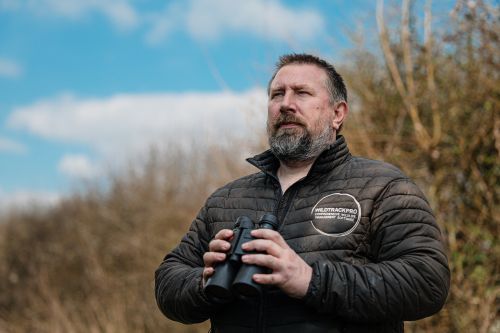
The honest truth is, whether you’re managing deer, grey squirrels, or even wild boar, it’s no longer enough just to know your quarry. Increasingly, we’re expected to demonstrate why our management actions matter and to show the data that underpins those decisions.
Ofcourse, this course doens't just help with that. It equips you with better knowledge, better language, and better tools. Whether you’re looking to upskill for professional reasons or simply want to become a more informed custodian of the countryside, this course delivers the necessary information to do so.
And yes, when the inevitable debate crops up at the pub about deer numbers or the role of stalking, you’ll be more than ready to weigh in, not with opinion, but with facts, insight, and a clear understanding of what responsible management actually looks like.
If you would like to see more about the course or enrol please click here: The Woodland Mammal Damage & Impact Assessment Course
And if you're looking at getting into deer stalking, there's no better place to start than with the Proficient Deer Stalker Level 1 (PDS1). Find out more here: Proficient Deer Stalking Course - PDS1




